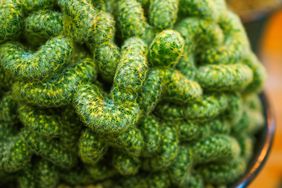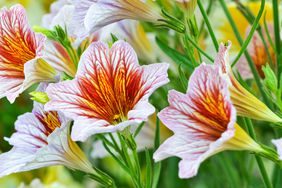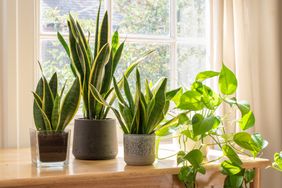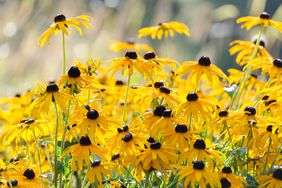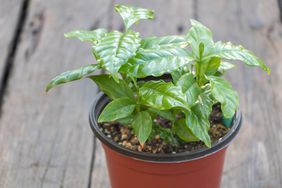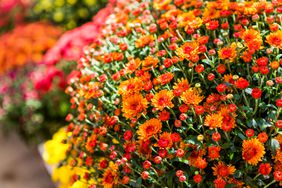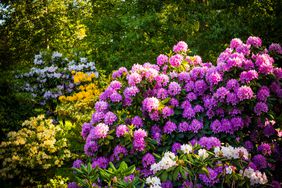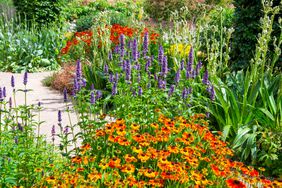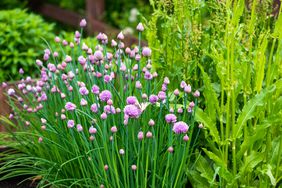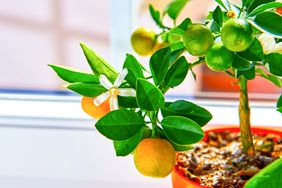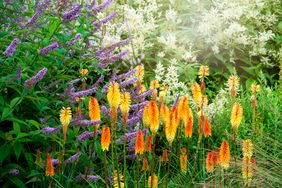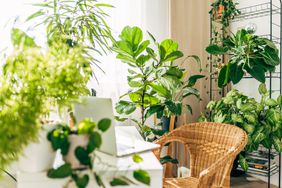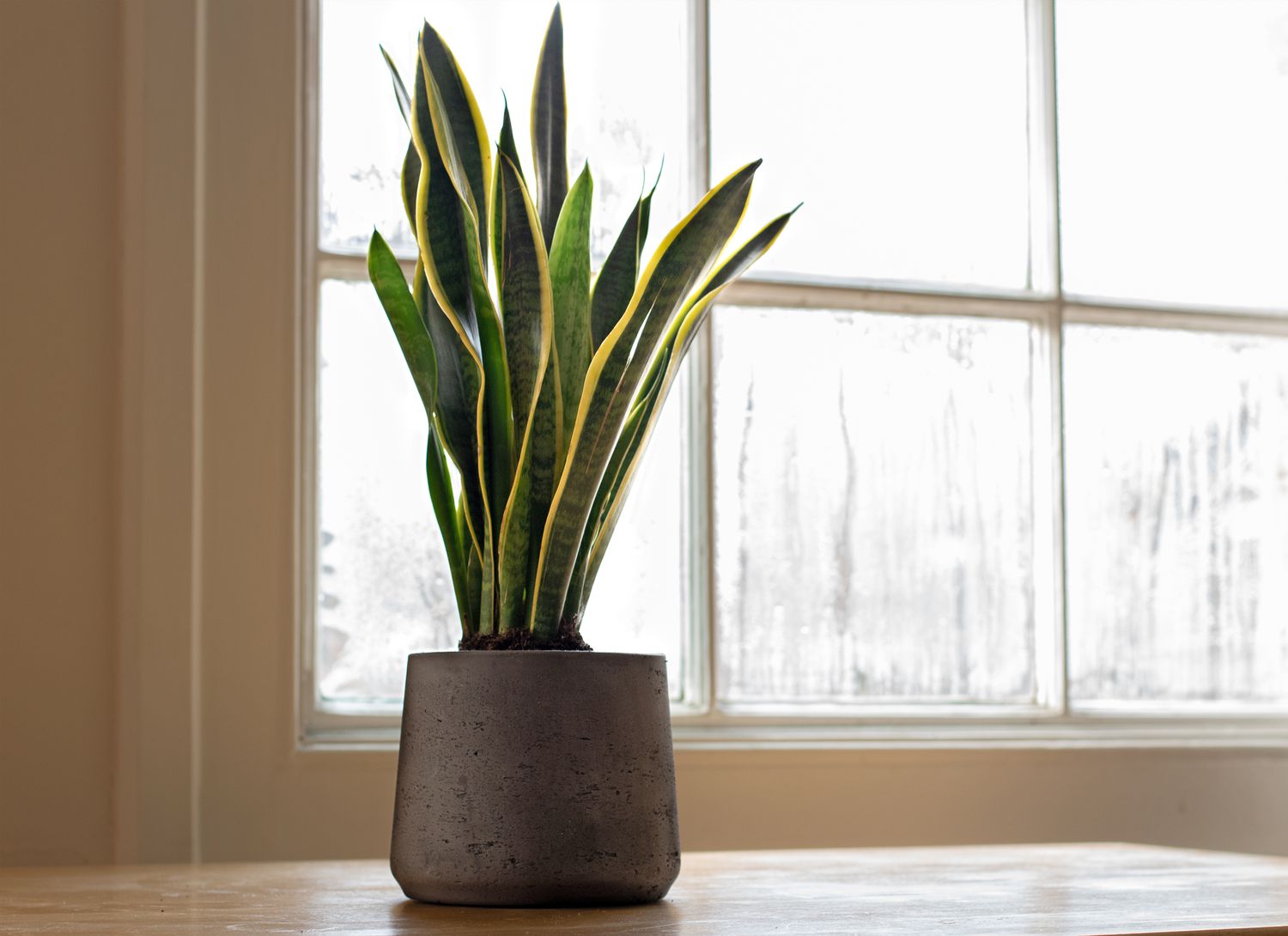
Grumpy Cow Studios / Getty Images
Growing houseplants can be a rewarding experience, but one downside is that they sometimes fall victim to pests that can damage their overall health. The good news is that some houseplants are resistant to certain types of insects and pests because of thick foliage, the bitter taste of their leaves, or other features. While no plant can withstand all pests, some houseplants are less likely to be impacted than others. Here, we share several houseplants that can stand up to aphids, spider mites, and more.
- Rich Christakes, founder of Ship My Plants
- Timothy Wong, technical director at MMPC
Snake Plant
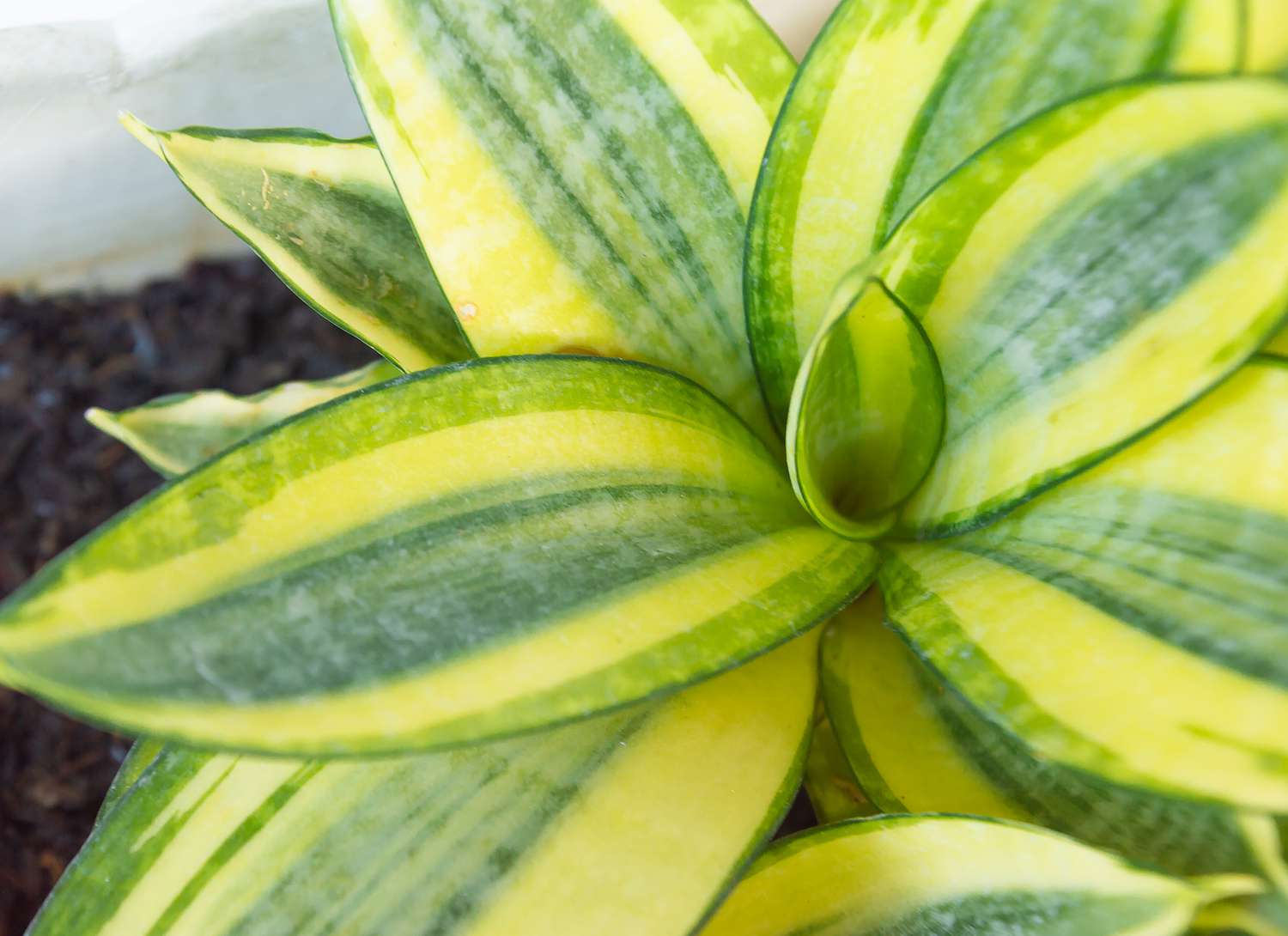
Antonius Rinaldy / Getty Images
Snake plant (Sansevieria) is known for being an easy-to-care-for houseplant that can tolerate low light, low water, and doesn't commonly attract pests. "Their tough leaves make it hard for bugs—such as spider mites—to munch through," says Rich Christakes, founder of Ship My Plants. Additionally, the plant's foliage contains natural toxins called saponins, which deter pests like aphids, mites, and mealybugs.
- Size: 2 to 4 feet tall x 1 to 2 feet wide
- Growing conditions: Low to bright indirect light; well-draining soil
Spider plant
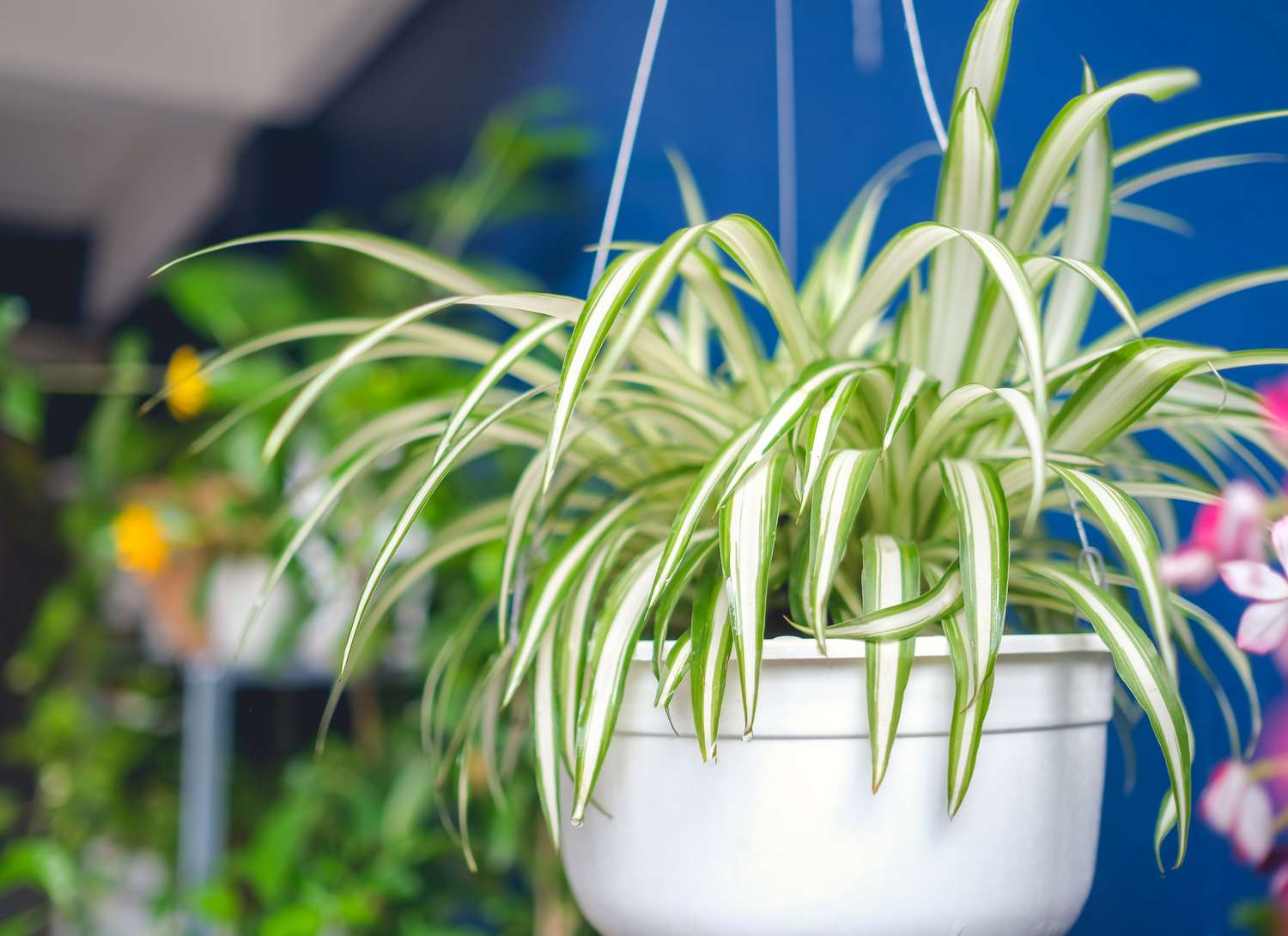
yaoinlove / Getty Images
Despite the name, spider plants (Chlorophytum comosum) are pest-resistant plants that are known for being resilient. "They have tough leaves that deter common indoor pests like aphids and mites," says Timothy Wong, technical director at MMPC.
- Size: 12 to 18 inches tall x 12 to 24 inches wide
- Growing conditions: Bright, indirect light; well-draining potting mix
ZZ Plant
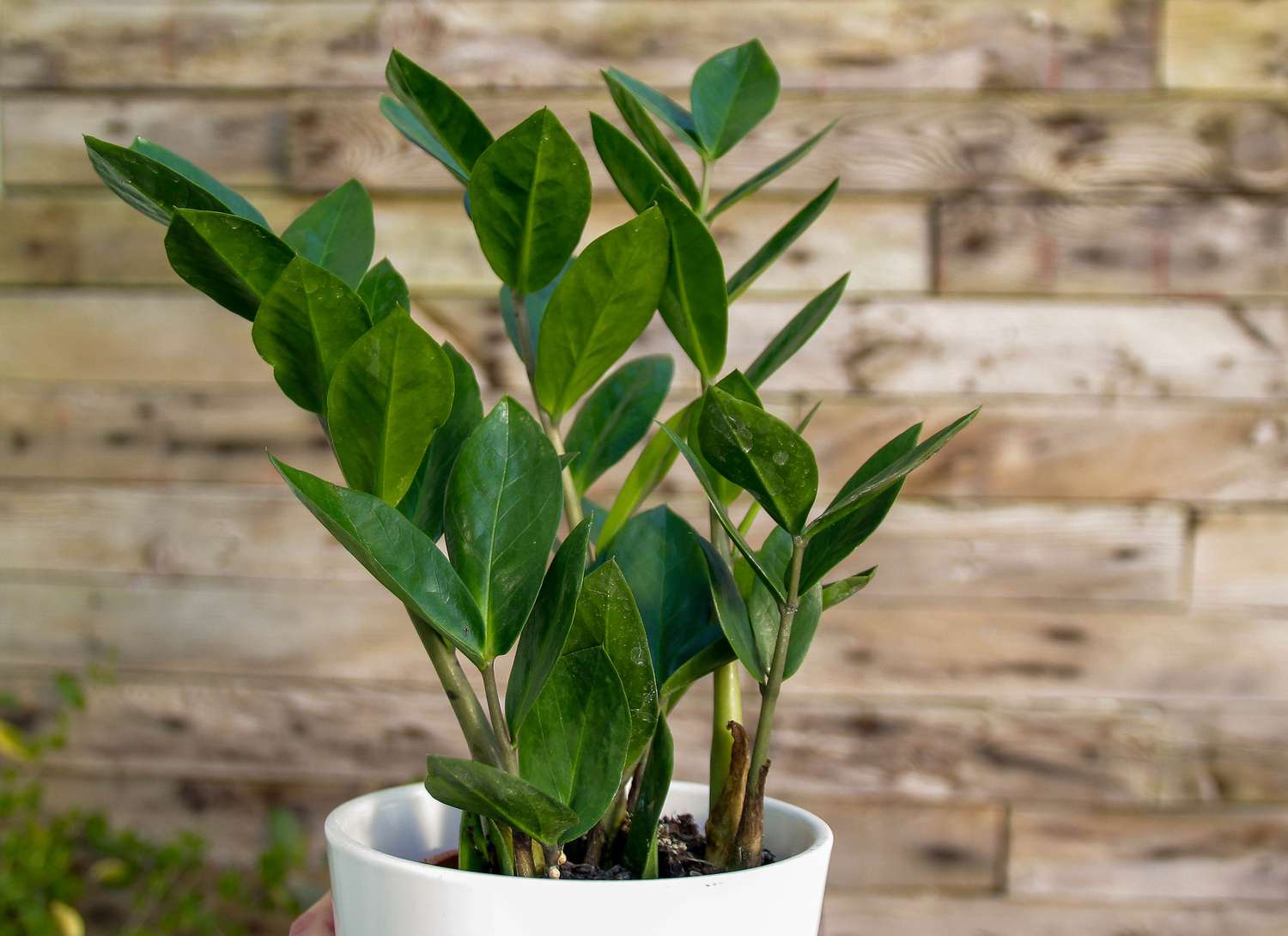
Kinga Krzeminska / Getty Images
ZZ Plants (Zamioculcas zamiifolia) are less prone to pests than many other houseplants. "ZZ plants are pest-resistant due to their natural hardiness, waxy leaves that deter pests, and their ability to thrive in low light conditions, which are less conducive to pest infestations," says Wong.
- Size: 2 to 3 feet tall x 2 to 3 feet wide
- Growing conditions: Low to bright, indirect light; well-draining potting mix
Aloe Vera
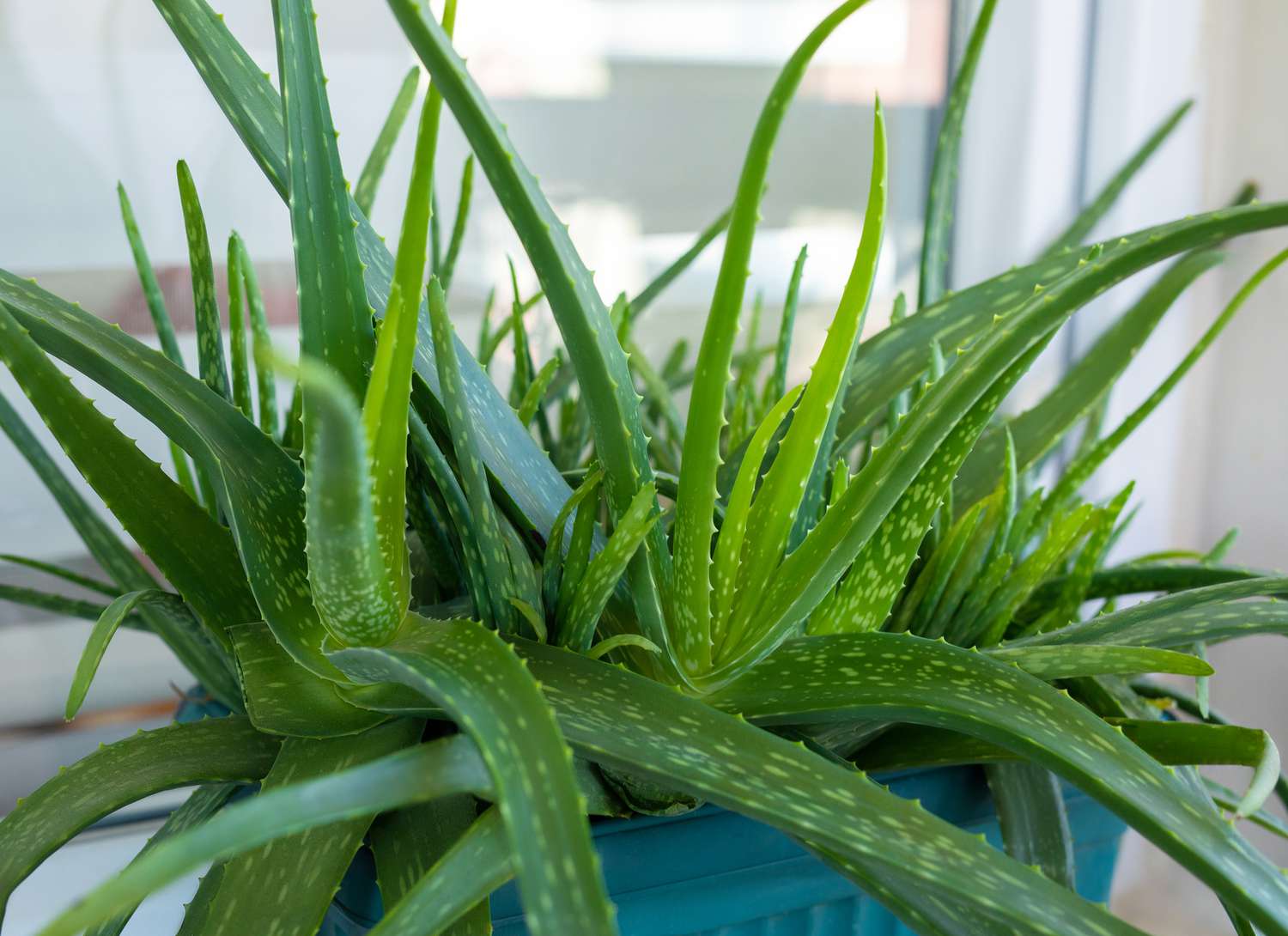
bymuratdeniz / Getty Images
While commonly kept as a houseplant for its healing properties, aloe vera is also known for being resilient against pests. "Aloe vera contains a phytochemical called anthraquinone, which is toxic to certain pests and repels others by making the sap bitter and unappealing to feed on," says Wong.
- Size: 1 to 2 feet tall x 1 to 2 feet wide
- Growing conditions: Bright, indirect light; well-draining cactus or succulent soil

